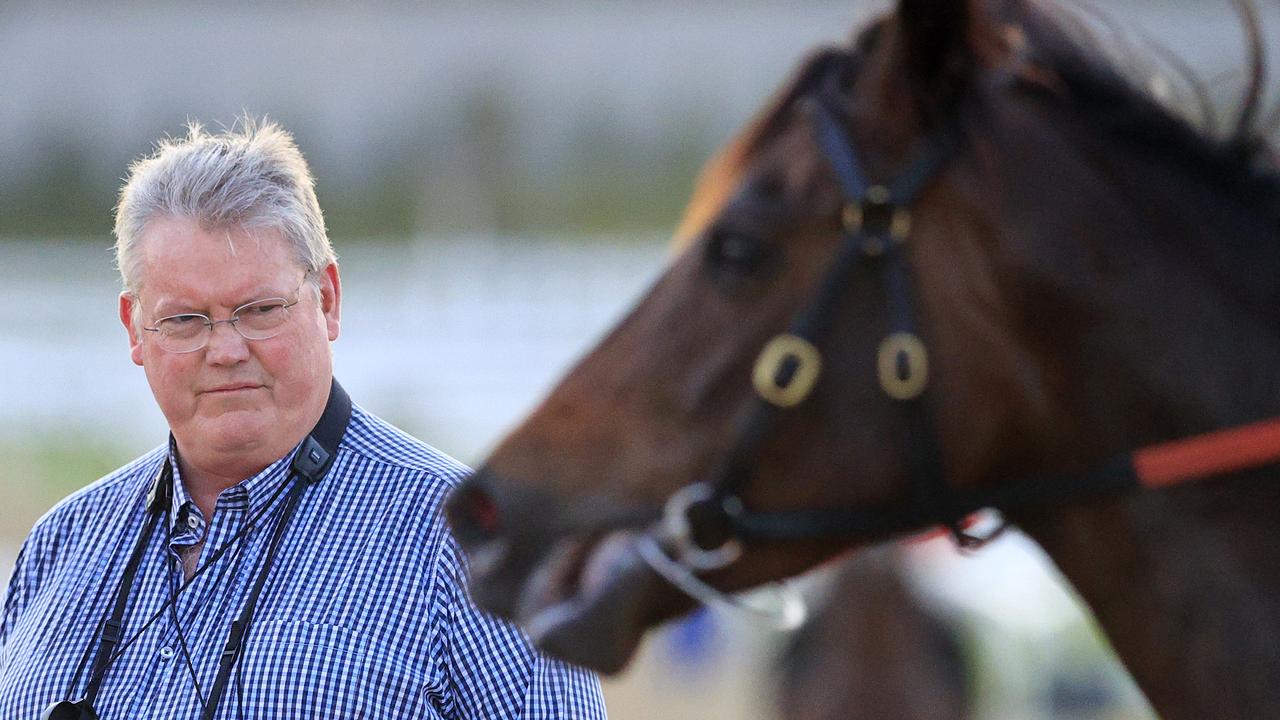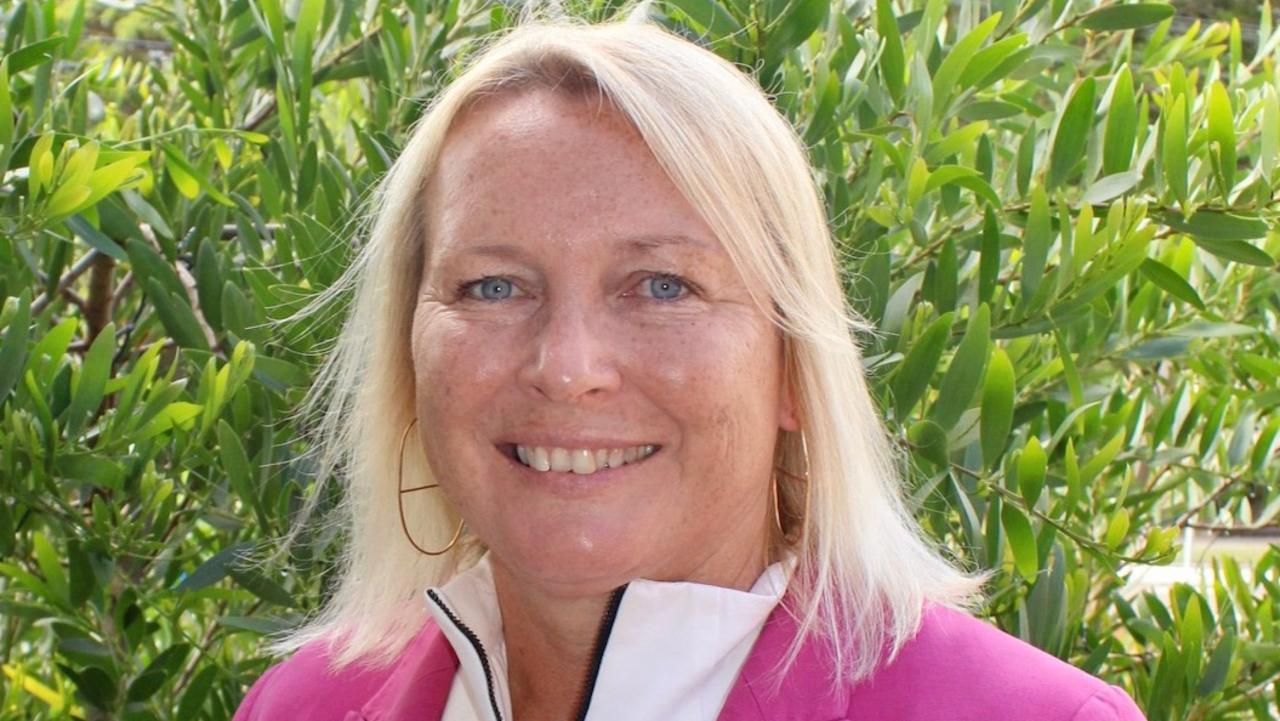Endometriosis sufferers tell peak medical body to overhaul approach to condition
The continued misdiagnosis of the painful condition has sparked a growing online campaign for medical experts to radically rethink their approach to how it is treated.
NSW
Don't miss out on the headlines from NSW. Followed categories will be added to My News.
A crippling illness which impacts one in nine women and girls is regularly dismissed by specialists as period pain or indigestion leaving patients to manage their pain alone for years.
Australians living with endometriosis have been repeatedly misdiagnosed and “medically gaslit” and are now calling on the Royal Australian and New Zealand College of Obstetricians and Gynaecologists to change its recommendations on treatment and diagnosis.
Endometriosis, an affliction which traumatised Jenny Morrison, the wife of the Prime Minister for years, is notoriously hard to diagnose and patients need to get invasive laparoscopic surgery to confirm they have the illness before either an ablation to destroy it with an electric shock or surgery to remove it.
Womens’ health expert Dr Mike Armour said there was growing discussion in the medical community about making endometriosis a separate subspecialty.
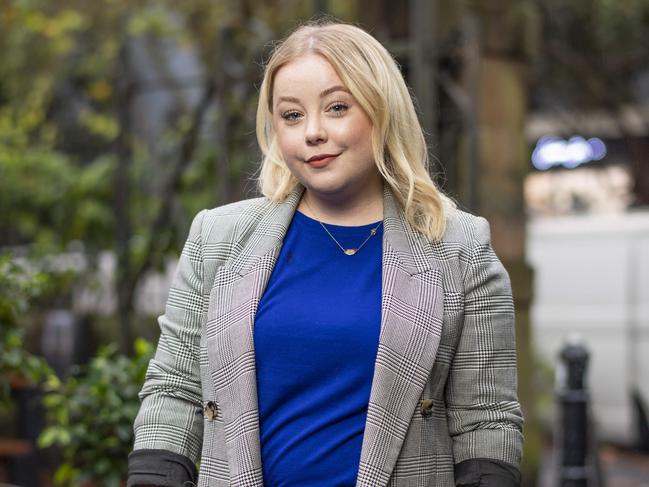
“Most people see multiple doctors and that includes GPs and specialists. Early misdiagnosis, including of irritable bowel syndrome, is very common,” he said.
Dr Armour said there were advantages to excision but ablation also needed to be used in certain cases.
An online petition calling for new guidelines that recommend excision as the “gold standard” treatment has clocked up 6300 signatures.
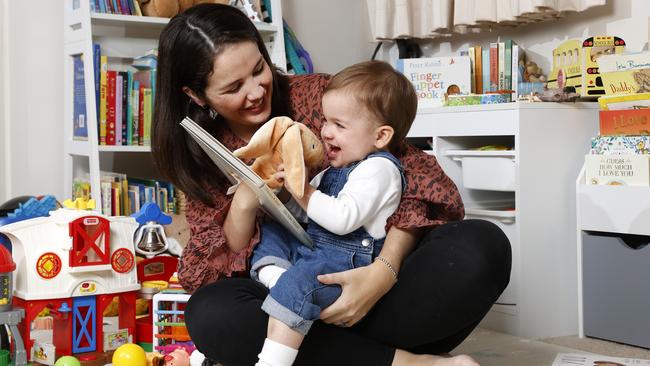
Single mum Holly Kane is still paying off her credit card debt from two surgeries, worth $10,000 and consultations with five gynaecologists.
“I thought it was my fault, it was in my head. It was affecting my relationship. I saw another two gynaecologists and they basically thought it was a pelvic spasm,” she said.
After her fifth doctor recommended she get a laparoscopy to find out if she has endometriosis, Ms Kane spent $5000 on a surgery in which the doctor used ablation and told her that her case was not severe.
Three months later, she was once again in excruciating pain before she found a surgeon who conducted an excision to reveal she was at one of the highest levels of endometriosis.
Australian Medical Association NSW vice president Dr Andrew Zuschmann said many women with symptoms were put on the contraceptive pill or an intra-uterine device which masked symptoms but did not fix the illness.
“The federal government has this year announced a lot of funding for endometriosis. Hopefully some of that will link in centres of excellence, referral pathways, education for the communities, GPs and gynaecologists.”
Jen Hogan, 30, waited nine years to be diagnosed with the condition despite telling doctors as a teenager she felt like a hot poker was pushing into her pelvis. In her early 20s, Ms Hogan would spend up to three weeks in every month in unbelievable pain which made her unable to sleep.
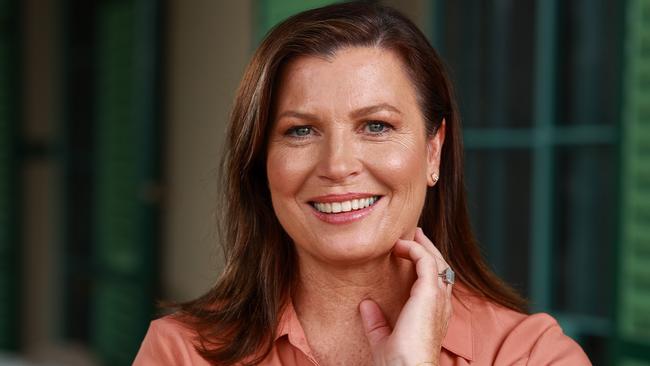
She was misdiagnosed with indigestion and abdominal migraines until her own research led her to get a referral with a gynaecologist and got a laparoscopy
“I was 25 at the time and I was so nervous waiting for the doctor after the surgery because you’d been doubted so many times. He said we did find endometriosis. I remember I thought, ‘I don’t feel insane anymore’,” she said.
Ms Hogan has had three surgeries for endometriosis and will now have another after the birth of her second child. “It kind of never ends,” she said.
A RANZCOG spokesman said the organisation was committed to using funding from the federal budget to keep endometriosis guidelines updated.
Originally published as Endometriosis sufferers tell peak medical body to overhaul approach to condition


